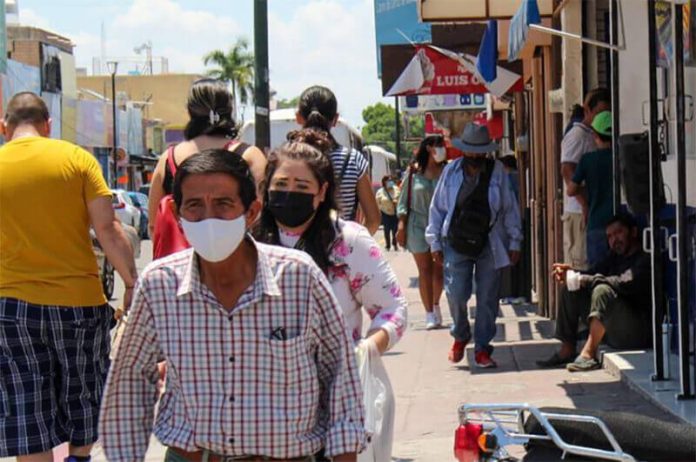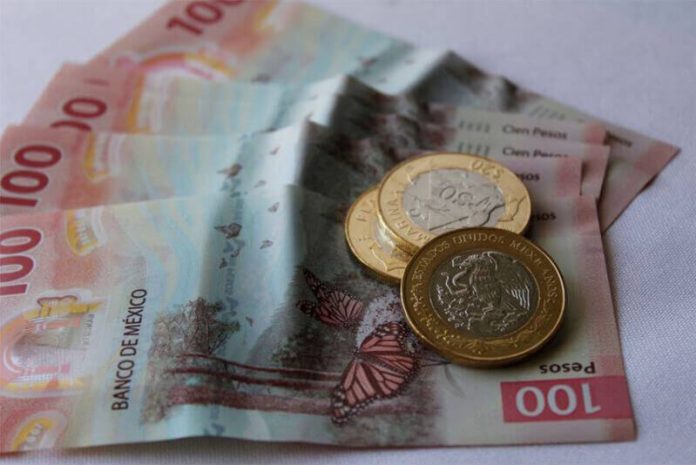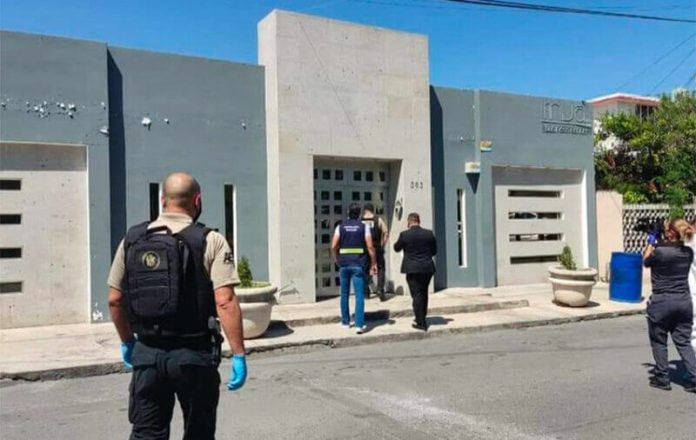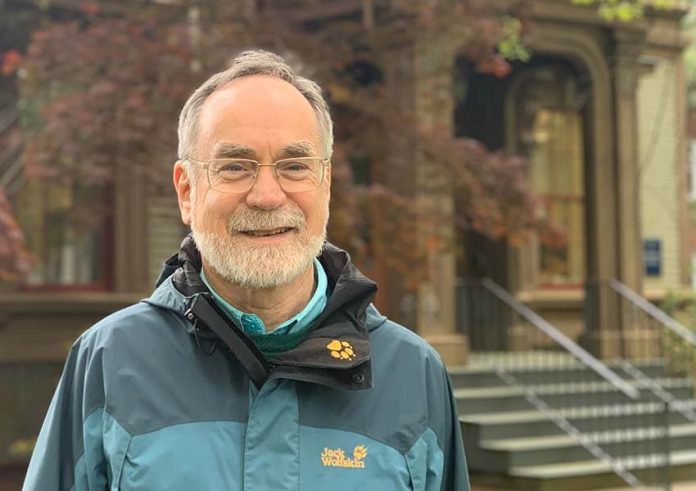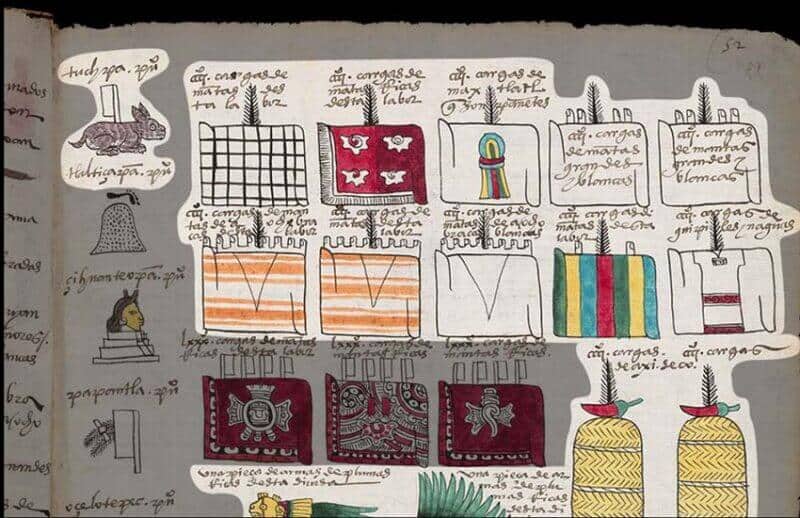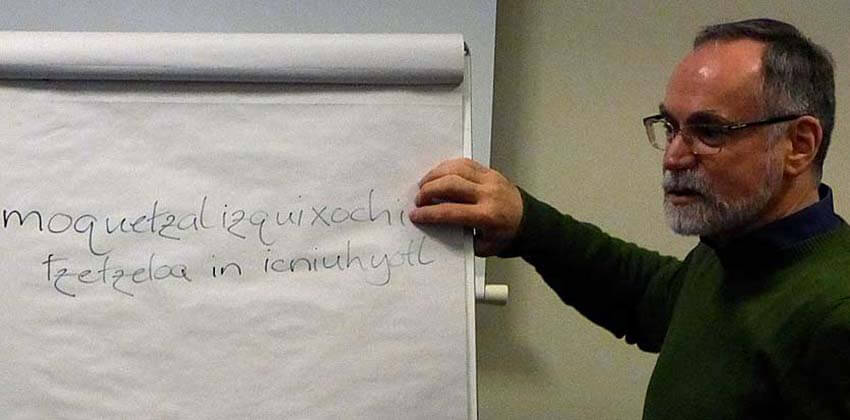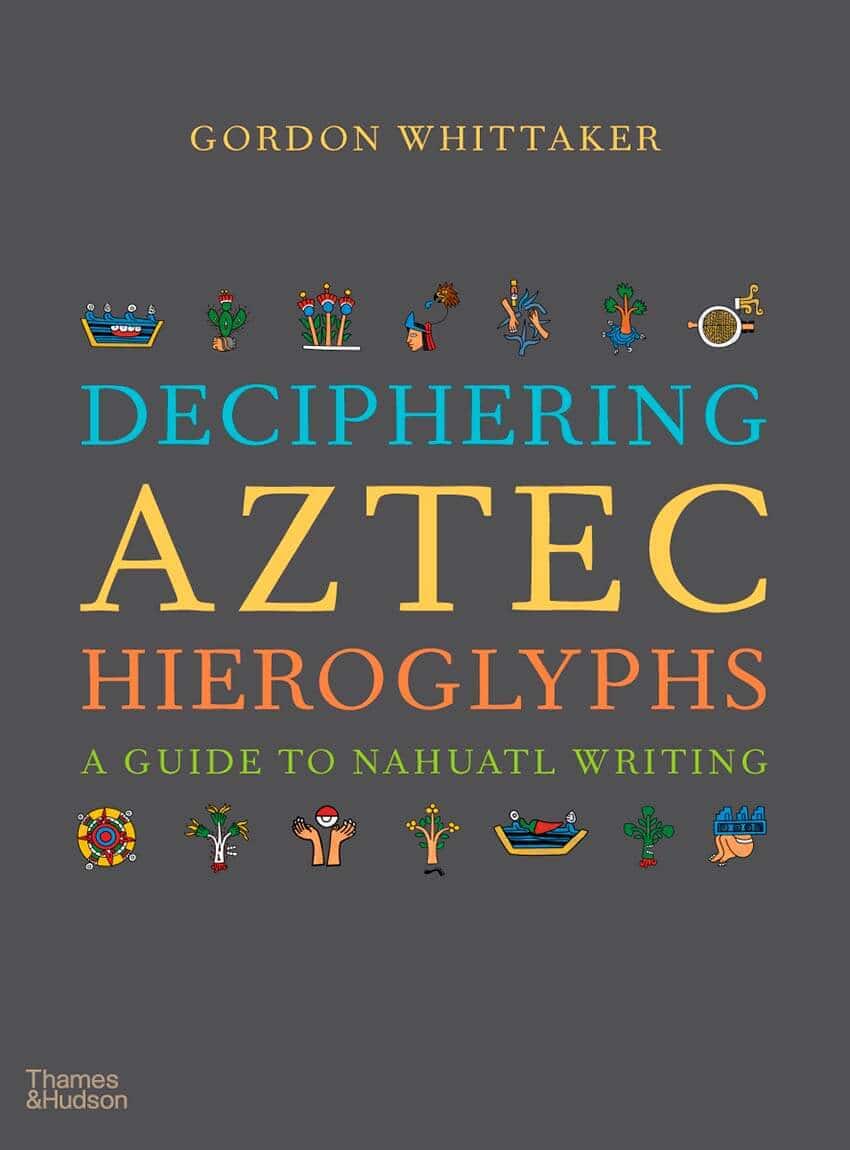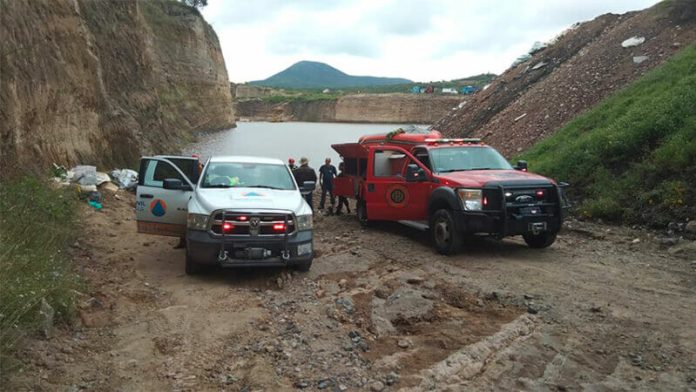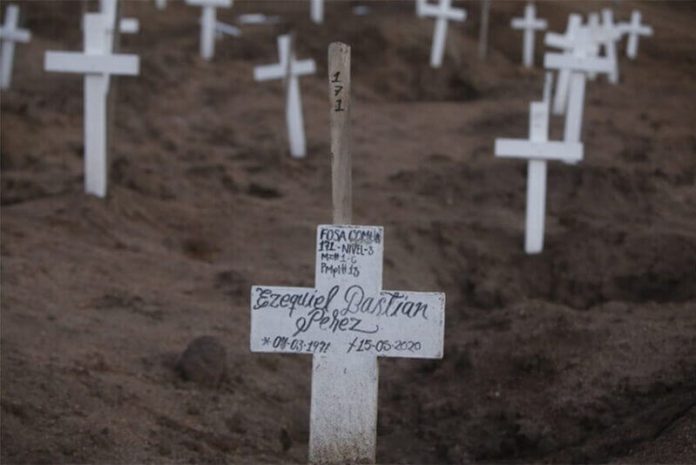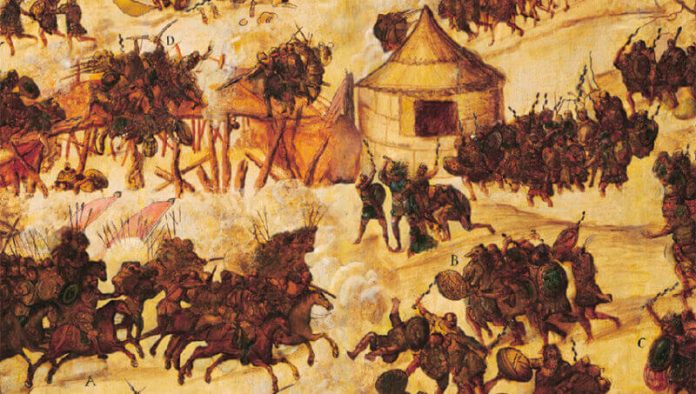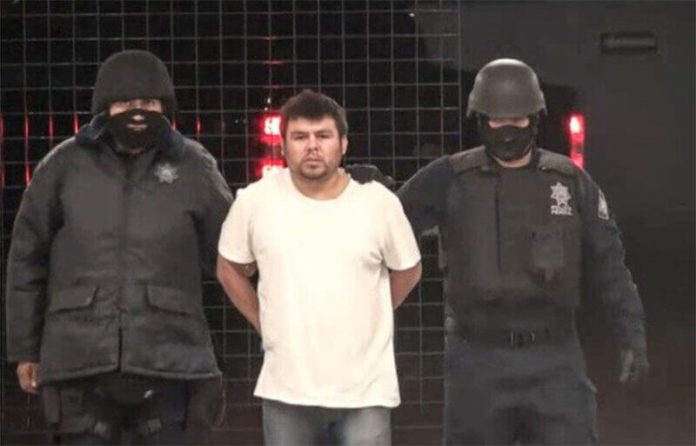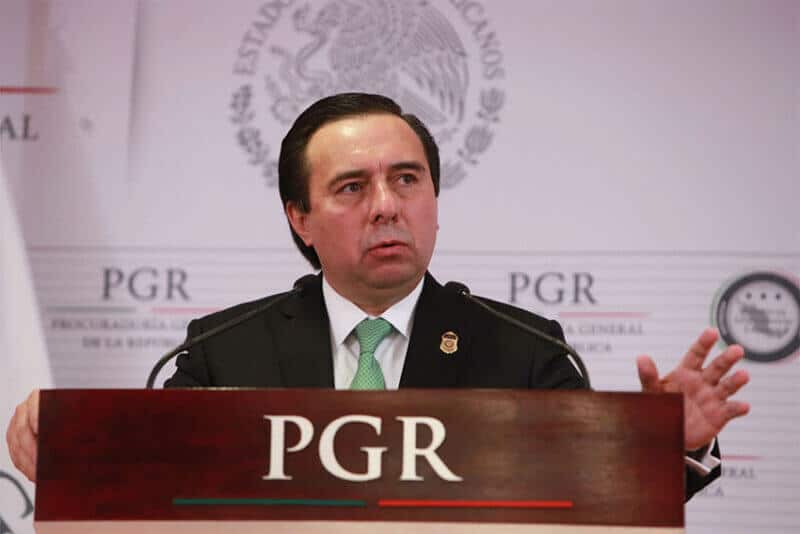The federal Health Ministry reported 7,613 new cases and 514 additional COVID-19 deaths on Thursday, increasing Mexico’s accumulated tallies to 3.71 million and 281,121, respectively.
There are 48,706 estimated active cases, a 1.6% increase compared to Wednesday.
The average number of new infections has been decreasing for 12 consecutive days, according to the Reuters COVID-19 tracker.
An average of 6,144 cases and 516 deaths were reported each day over the past week compared to daily averages of 10,394 and 606 in September.
In other COVID-19 news:
• The director of the Pan American Health Organization said Wednesday that Mexico is recording a “jump” in new cases but official data doesn’t support her claim.
“For the last month we have seen COVID infections drop throughout the region, even if cases remain high. Over the last week nearly 1.2 million COVID-19 cases and 24,000 COVID-related deaths were reported in the Americas. In North America, while cases are down in the U.S. and Canada, Mexico is reporting a jump in new infections,” Carissa F. Etienne said, although average daily case numbers in Mexico declined 22% in the first week of October compared to the last week of September.
“But national data doesn’t tell us the whole story. If we look deeper we see that local trends remain worrisome,” she said, before citing Alaska and western Canadian provinces as examples.
• Mexico has been removed from the United Kingdom’s COVID red list for incoming travelers. The change, which takes effect Monday, means that travelers arriving in the U.K. from Mexico who are fully vaccinated with U.K.-approved vaccines (Pfizer, AstraZeneca, Moderna and Johnson & Johnson) won’t have to go into mandatory 10-day hotel quarantine at their own expense.
In a Twitter post, Foreign Minister Marcelo Ebrard thanked British Foreign Secretary Liz Truss for her involvement in the decision to remove Mexico from the red list.
• After one and a half years of coronavirus restrictions, President López Obrador believes that the time is nigh to allow the resumption of mass gatherings. He intends to hold a rally in Mexico City’s central square, the zócalo, on November 20 to celebrate the 111th anniversary of the start of the Mexican Revolution.
He said Thursday he will encourage only fully vaccinated people to attend. However, it’s “prohibited to prohibit,” he said, suggesting that there will be no requirement for attendees to prove they are fully vaccinated.
People who have only received one dose should watch the rally on social media or television, López Obrador said, adding that people sick with the virus should stay at home.
The president also said he intends to hold rallies in other states later in the year.
• López Obrador called for universities to resume in-person classes. “Why are universities delaying the return to classes? For what reason?” he asked Thursday.
Schools across Mexico reopened at the end of August 17 months after closing due to the onset of the coronavirus pandemic.
In Campeche, 45 teachers have died from COVID since the resumption of in-person classes, according to a state leader of the SNTE teachers union. Moisés Mass Cab said it was unclear whether the teachers were infected at school or elsewhere.
• The Ministry of Foreign Affairs announced Wednesday that Mexico had donated 150,000 COVID-19 vaccine doses to Paraguay. It said it made the donation in its capacity as pro tempore leader of the Community of Latin American and Caribbean States and that it complies with López Obrador’s directive to cooperate with and show solidarity toward other nations of the region.
• Mexico received an additional 1.5 million Sputnik V vaccine doses on Thursday. It has now received 8.4 million doses of the Russian-made shot. Mexico has also used the Pfizer, AstraZeneca, CanSino, Sinovac, Moderna and Johnson & Johnson vaccines to inoculate adults, more than 70% of whom have received at least one shot.
• One thousand adolescents from Nogales, Sonora, were vaccinated Thursday in Nogales, Arizona, after being bused across the border. An additional 1,000 minors aged 12-17 will receive shots in the same city on Friday.
Nogales Mayor Juan Gim said the Pfizer vaccines used for the youths were donated by the United States government. He said the aim is to vaccinate 10,000 adolescents via the cross-border scheme.
With reports from Animal Político, Milenio and Reforma
